京都府の農業
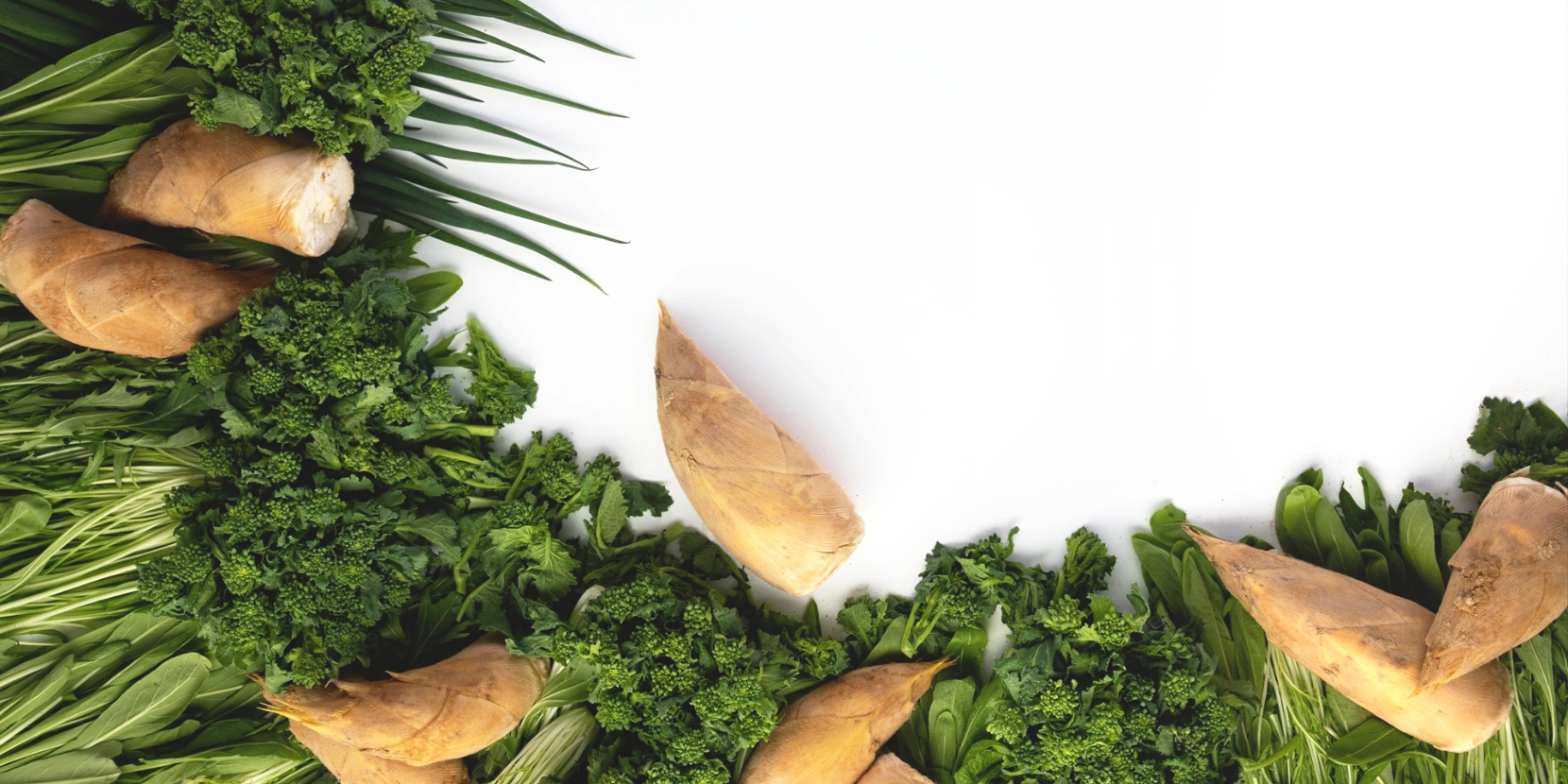
京のブランド産品
京マーク Kyoto Mark 京標章
京野菜や他の農林水産物の中で、優れた品質が保証され、安心・安全と環境に配慮した生産方法に取り組んでいるものを「京のブランド産品」として31品目認定し、ブランドマークを貼って流通させています。 それがこの「京のブランド産品」マーク(京マーク)です。
「京のブランド産品」マーク(京マーク)は、京都の頭文字のKをシンボル化し、京都の「農」「林」「水産」の豊かな実りを3つの丸に、その源である「大地」「水」「太陽」を3本のラインで表現しています。
「おいしさと信頼の目印」として、どうぞご活用ください。
Among Kyoto vegetables and other agricultural, forestry and fishery products, 31 products are certified as “Kyoto Brand Product”, which are guaranteed to be superior in quality, and have been produced through safe production method, where they then get distributed brand marked products. That is the ‘Kyoto Brand Product” mark (Kyoto Mark).
The “Kyoto Brand Product” mark (Kyoto Mark) has the letter “K”, corresponding to the initial letter of Kyoto, and also symbolises the rich products of Kyoto’s “agriculture”, “forestry” and “fishery” are represented with three circles, and the three lines represent “Earth”, “Water”, and “Sun”.
Please feel free to use the “mark of delicacy and trust”.
以京野菜和其他的農林水產物為對象,保證其優良的品質,兼顧安心、安全並且採取對環境友善的生產方法。目前共有31種品項,以「京都名產品」為名,並貼上標章流通於市面上。這就是「京都名產品」標章(京標章)。
「京都名產品」標章(京標章)是以「京都」這兩個字的羅馬拼音字頭K的模樣,去設計出來的標章。在標章的右側畫上三個橢圓,表現出「農」、「林」、「漁」各產業的豐收,再以三條線來分別象徵「大地」、「水」、「太陽」。
京標章作為「美味及信賴的標誌」,歡迎各位的多加利用。
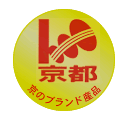
京の伝統野菜の定義 Definition of Traditional Vegetables of Kyoto 京都傳統蔬菜的定義
- 明治以前に導入されたもの
- 京都府内全域が対象
- たけのこを含む
- キノコ、シダを除く
- 栽培または保存されているもの及び絶滅した品種を含む
- Introduced before the Meiji period.
- Kyoto prefecture is the subject.
- Includes bamboo shoots.
- Excludes mushrooms and ferns.
- Includes cultivated or preserved, and extinct species.
- 在明治時代以前就傳入京都
- 種植在京都府內區域
- 包括竹筍
- 不包括蘑菇和蕨類植物
- 包括培育品種或受到保存的品種,及已滅絕的品種
(1988年3月京都府農林水産部) (March 1988, Kyoto Prefecture Agriculture, Forestry & Fisheries) (依據1988年3月京都府農林水産部的規定,必須符合下列條件)
京のブランド産品 Kyoto Brand Products 京都名產品
安心・安全と環境に配慮した「京都こだわり生産認証システム」※により生産された京都産農林水産物の中から品質・規格・生産地を厳選したもの。(公社)京のふるさと産品協会が認証しています。
Products of agriculture, forestry and fishery are carefully selected and certified by The Association of Kyoto Furusato (Public Corporation), produced and based on the “Kyoto Production Certification System”(*), which is safe, secure, and environmentally friendly.
(Public Corporation) Kyo-Furusato Native Products Association issues certifications.
以考慮安心、安全以及環境的「京都專用生產認證系統」※來進行生產
並從這些京都農林水產物之中嚴格揀選產品品質、規格以及生產地,因此可以受到京都故鄉產品協的認證。
想要通過認證,具體需具備以下條件。
- イメージが京都らしい
- 1 以外のもので販売拡大を図る必要がある
- 次の要件を備えている
- It has an image of Kyoto
- It is necessary to expand sales of things beyond (1)
- Meets the following requirements:
- 有京都感
- 想要用1)以外的條件來讓產品推展販售
- 並且具備以下特徵
- 出荷単位としての適正な量を確保
- 品質・規格を統一
- 他産地に対する優位性・独自性の要素がある
- Proper quantity of shipping unit
- Unified quality and standard
- There are elements of superiority and originality compared among other local production areas.
- 能夠維持並確保產量
- 品質及規格有統一
- 相對於其他產地的產品來說要有優勢以及獨特性
- 京都こだわり生産認証システムの特徴
- Features of Kyoto Production Certification System
- 京都專用生產認證系統的特徵
- 農薬・化学肥料の使用を減らした環境にやさしい農法(京都こだわり栽培指針)
- 認証検査員による栽培状況と記帳のチェックを実施
- 情報の開示により生産者の顔が見える農産物
- Environmentally friendly agricultural methods with reduced use of agricultural chemicals and chemical fertilizers (Kyoto special cultivation guidelines).(Kyoto Prefecture Cultivation Guidelines)
- Cultivation status and bookkeeping carried out by certified inspectors.
- Agricultural products where the face of the producer can be seen by disclosing information.
- 減少農藥及化學肥料使用的環保農業(京都專用的栽培方針)
- 認證檢查員會對栽培狀況進行紀錄
- 由於會公開資訊,因而能從中了解種植人員
- 水產物也要接受相同條件的檢查
一覧 List 名單
-
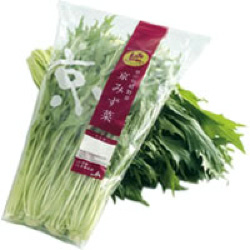
京みず菜
-
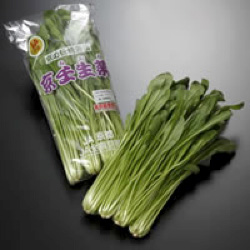
京壬生菜
-
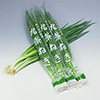
九条ねぎ
-

京丹波大黒本しめじ
-
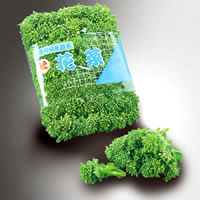
花菜
-
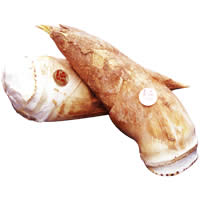
京たけのこ
-
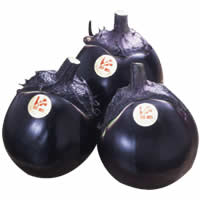
賀茂なす
-
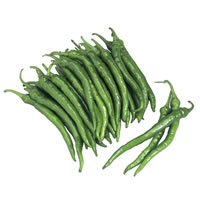
伏見とうがらし
-

万願寺甘とう
-

京山科なす
-

鹿ヶ谷かぼちゃ
-
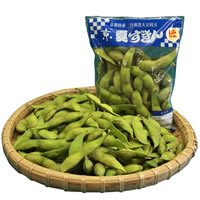
京 夏ずきん
-
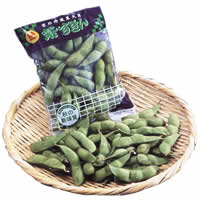
紫ずきん
-
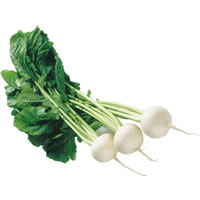
京こかぶ
-
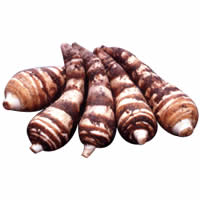
えびいも
-
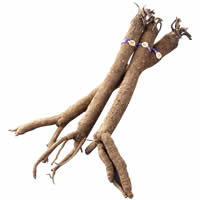
堀川ごぼう
-
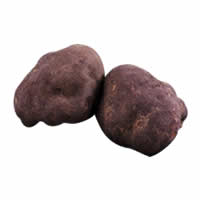
やまのいも
-

聖護院かぶ
-
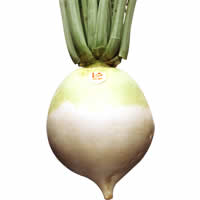
聖護院だいこん
-
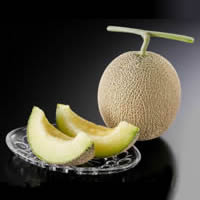
京たんごメロン
-
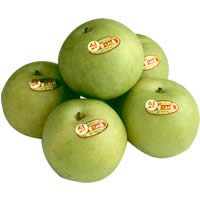
京たんご梨
-
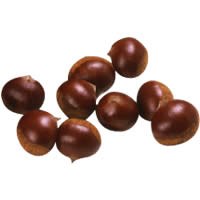
丹波くり
-
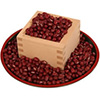
京都府産 丹波大納言小豆
-
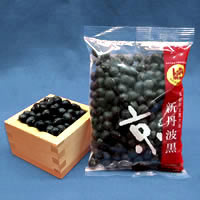
京都府産黒大豆 新丹波黒
-

丹後ぐじ
-

丹後とり貝
-

金時にんじん
-
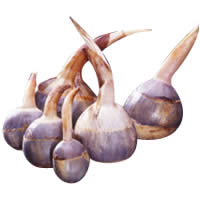
くわい
-
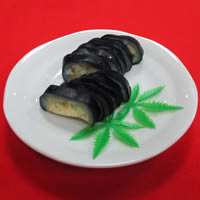
京山科なす京漬物
-

祝(酒米)・京の酒
-

Kyo Mizuna (Japanese mustard greens)
-

Kyo Mibuna (Japanese variety of wild mustard)
-

Kujo Green Onions (Welsh onions)
-

Kyo Tamba Daikoku Hon Shimeji Mushrooms
-

Japanese Rapeseed
-

Kyo Bamboo Shoot
-

Kamo-Nasu Eggplant
-

Fushimi Chilli Pepper
-

Manganji Pepper
-

Kyo Yamashina Eggplant
-

Shishigatani Squash
-

Kyo Summer Soybeans
-

Purple Soybeans
-

Kyo Kokabu (Small turnip)
-

Ebi-Imo (Shrimp-shaped taro)
-

Horikawa Burdock
-

Japanese Yam
-

Shogoin Turnip
-

Shogoin Daikon (Japanese radish)
-

Kyotango Melon
-

Kyotango Pear
-

Tamba Kuri (Chestnut)
-

Tamba Azuki Beans, Product of Kyoto Prefecture
-

Black Soy Beans – New Tamba Black, Product of Kyoto Prefecture
-

Tango Guji (Horse-head fish)
-

Tango Egg Cockle (bivalve mollusc)
-

Kintoki Carrot
-

Kuwai (Threeleaf Arrowhead)
-

Kyo-Yamashina Eggplant Kyoto Pickles
-

Iwai (brewer’s rice) − Kyoto Sake
offer:Public Interest Group Corporation: Kyo-Branded Products Association
offer:公益社團法人 京都故鄉產品協會

